
Few things get on my nerves more than clutter. A messy desk, a disorganized garage, an overloaded closet – those are things that just drive me crazy. Now I’m not the most organized person in the world – Kathy would probably suggest that my head is probably the least organized thing on the planet, but that’s another post! But I can’t stand to make room for stuff I don’t use. Or worse, have to have extra storage for stuff because I’ve run out of room for all that stuff I don’t need.
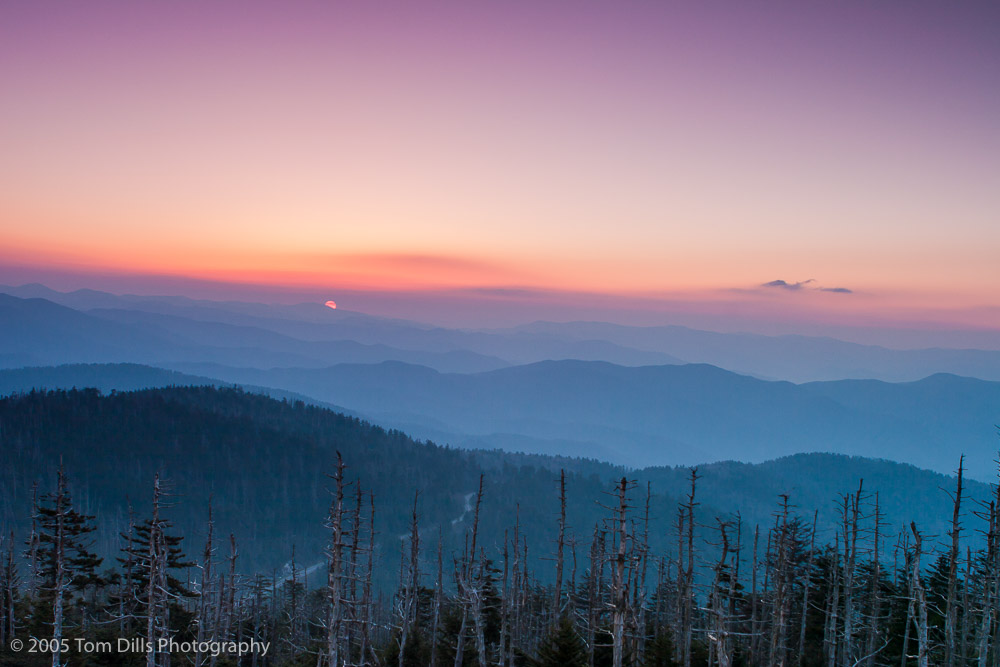
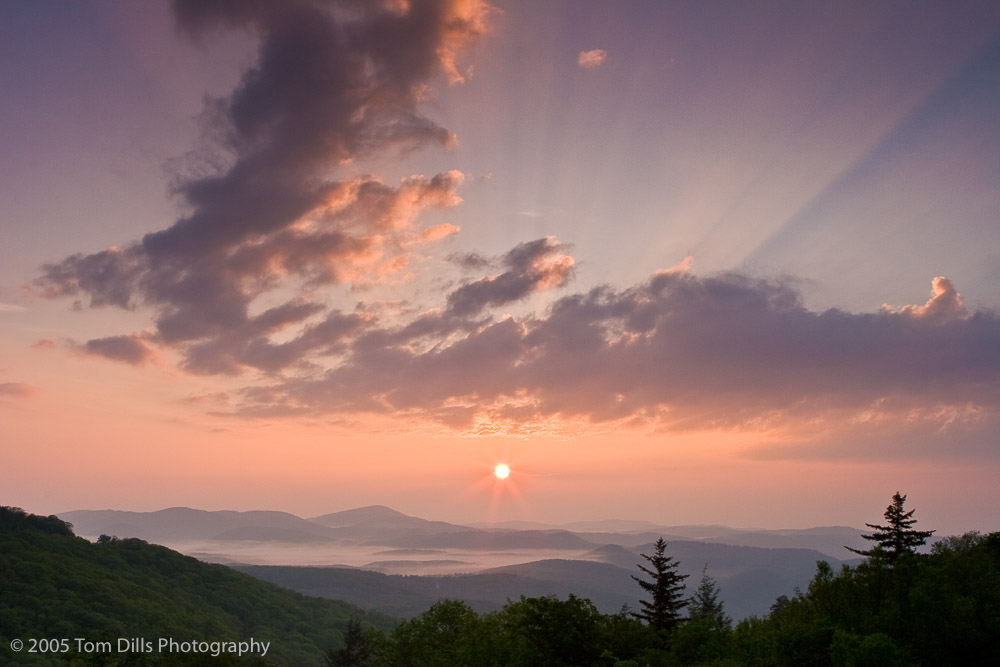
When I started in digital photography, I applied this desire for order to my workflow. I have a very structured, well-organized and repeatable method for keeping track of my files and backing them up. That way I always know where I stand on my organization, editing and processing. Part of that workflow has been that I never delete files. I remove unused files from my Lightroom catalog but leave them on my hard drive, with the idea that storage is cheap and that it was better to have them than to delete them.
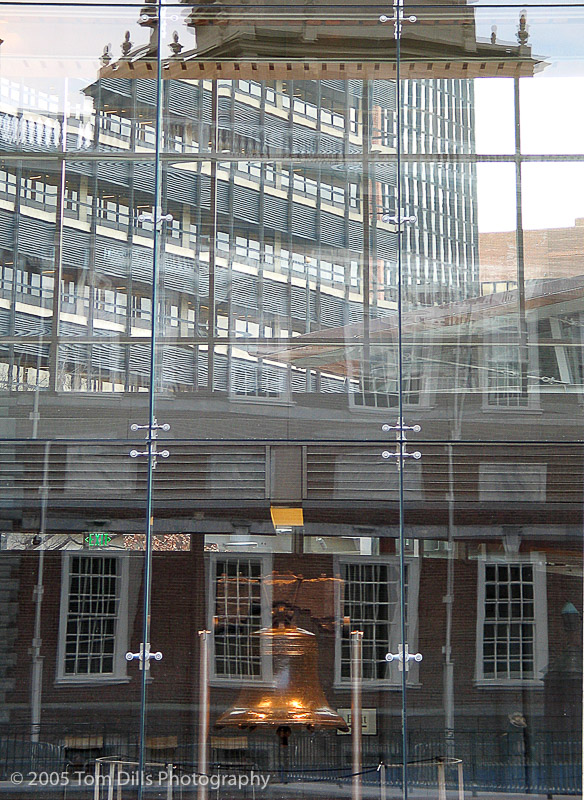
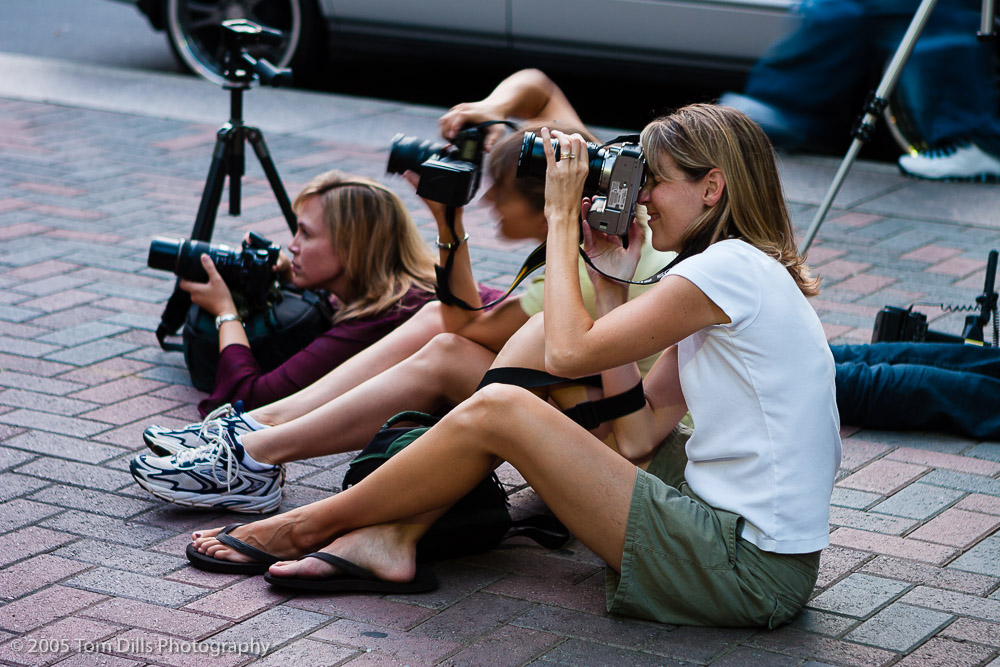
I currently store all my photos on a 2TB hard drive in my computer. That is not much by many peoples’ standards, but because I don’t create huge files in Photoshop and don’t have a 50 megapixel camera, I figured that 2TB would last me a long time. Lately I’ve approached the limit on those drives, and knew that it was probably time to do something about it. I started looking at upgrading to larger drives, but while storage is relatively inexpensive, I have a total of 4 drives, two internal drives (main+backup) plus two external drives (onsite+offsite). I haven’t yet sprung for cloud storage. I don’t completely trust it and would never use it as my only backup, so as long as I need to have physical backups anyway, I didn’t think there was much point in also having cloud backup. Plus, there are lenses…. 😉


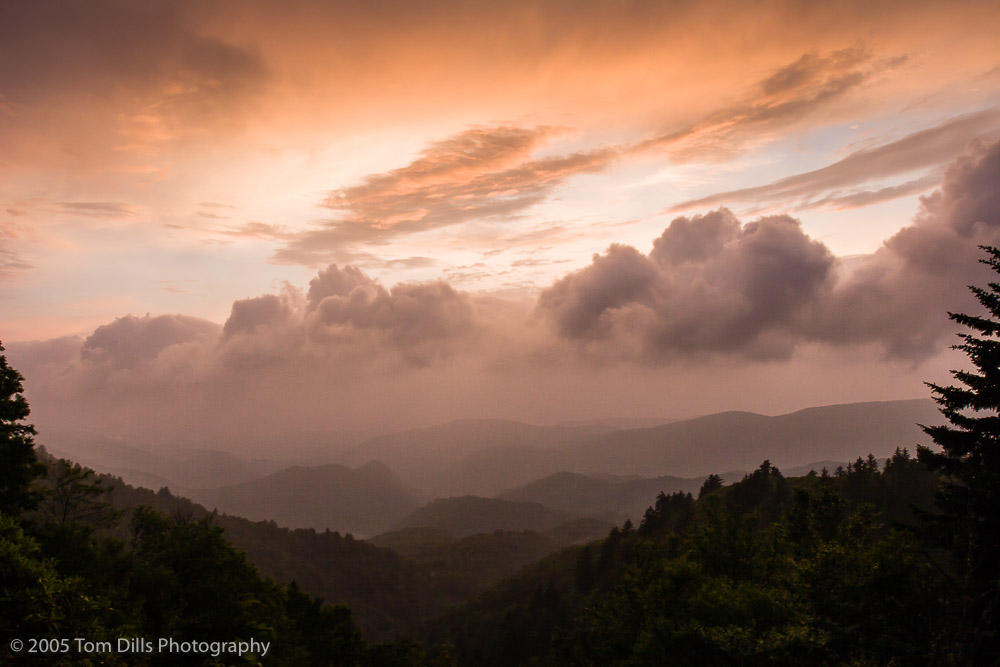
One of the things I started thinking about was that there are a bunch of files on those hard drives that are no longer in my Lightroom catalog, files that I’ve already decided aren’t worth keeping and that I could get rid of. I have no idea how many, because by looking at the files in Finder there isn’t any really good way of telling which files are in the Lightroom catalog and which ones are not. I originally toyed with the idea of just exporting the existing catalog to a new drive, or erasing one of the existing drives for the purpose. But part of me wanted to look at those old files “one last time” to make sure I wasn’t getting rid of any hidden treasures. So as long as I wanted to be able to do that I came up with what I think is a workable solution.
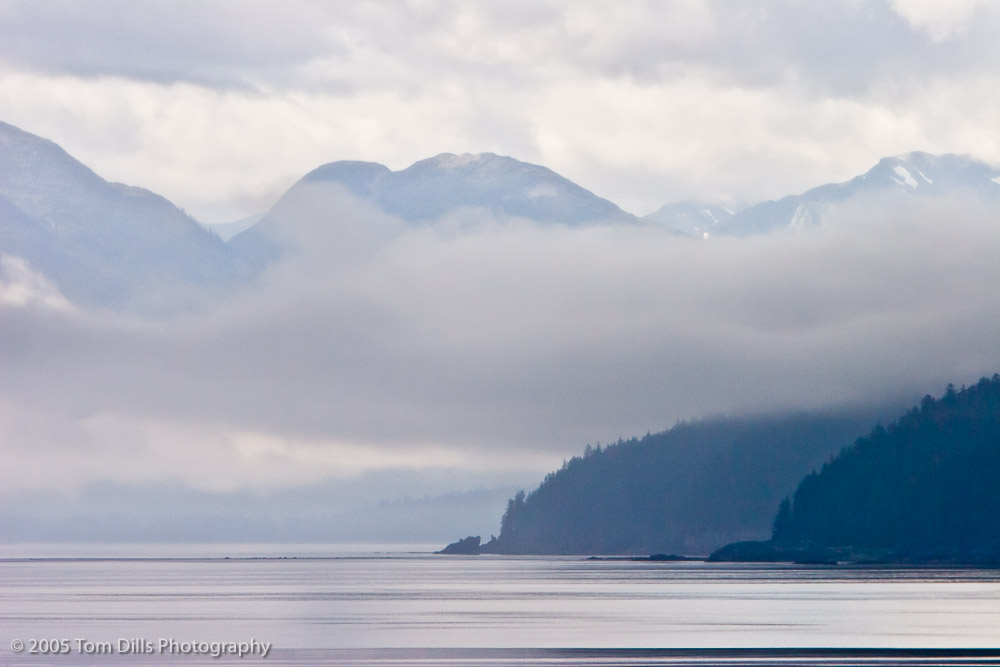
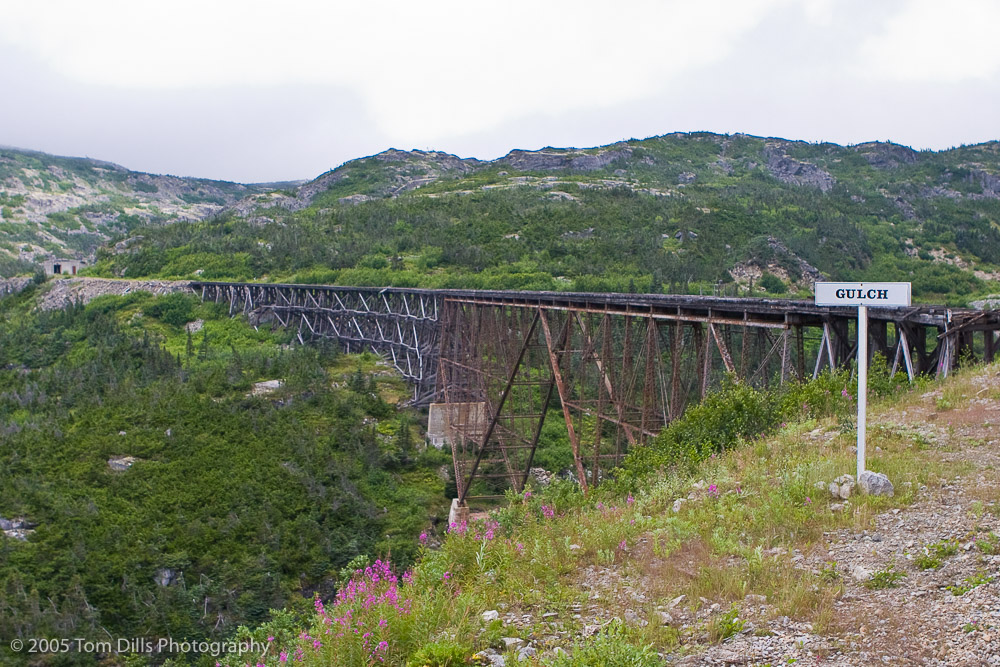
What I have done is to use Lightroom’s Import function to “re-import” all those files into the Lightroom catalog. They are already in folders – the same folders that all of the “keepers” are in, so all I have to do is import them in their current position. I started about a week ago and have been importing them a year at a time. By going year-by-year, and folder-by-folder within each year, I’m keeping it at a manageable amount and am not moving or deleting files until I’ve looked at them. In the event that I come across files I want to keep – and I’ve found a few – it is very easy to put them aside so they don’t get lost.
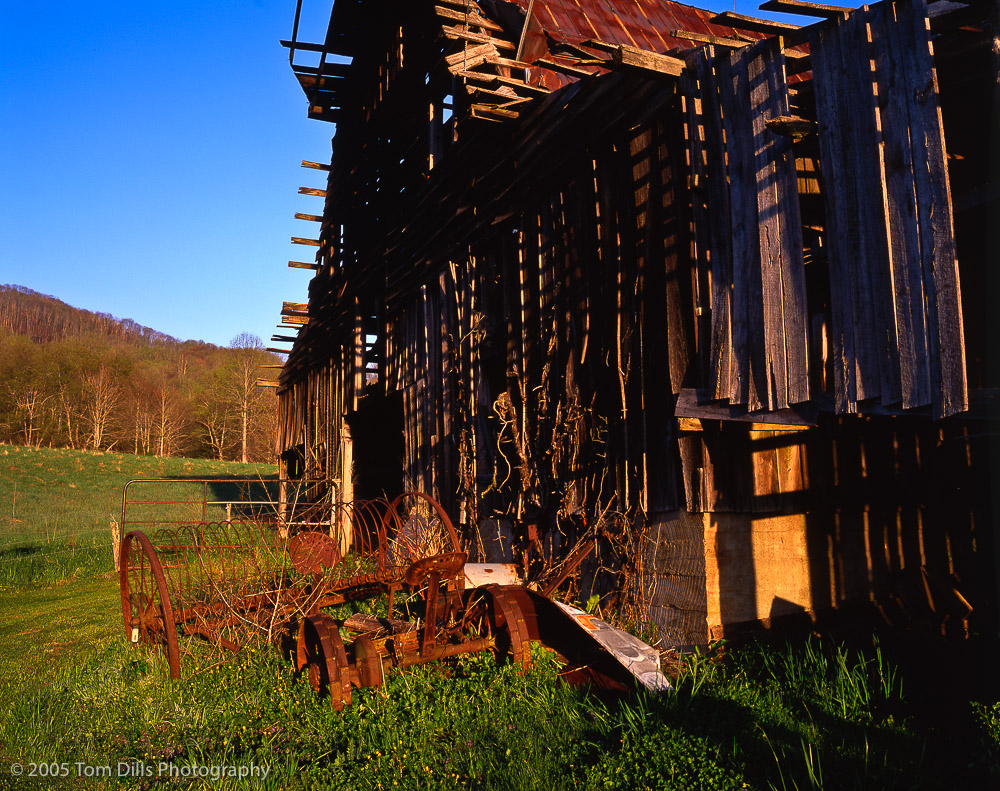
I’ve gotten through 2004-2008 so far – admittedly not heavy years filewise since I had just started in digital and was still shooting some film. I forgot to track the number of files and amount of storage for the first two years, but am keeping track now and should be able to have a pretty good estimate when I’m done. Right now between 2004, 2005, 2006, 2007 & 2008 it looks like I’m at about 23,000 files deleted and about 236GB freed up. The folders seem to be getting bigger the farther I go, so it will be interesting to see how those numbers increase as I continue.
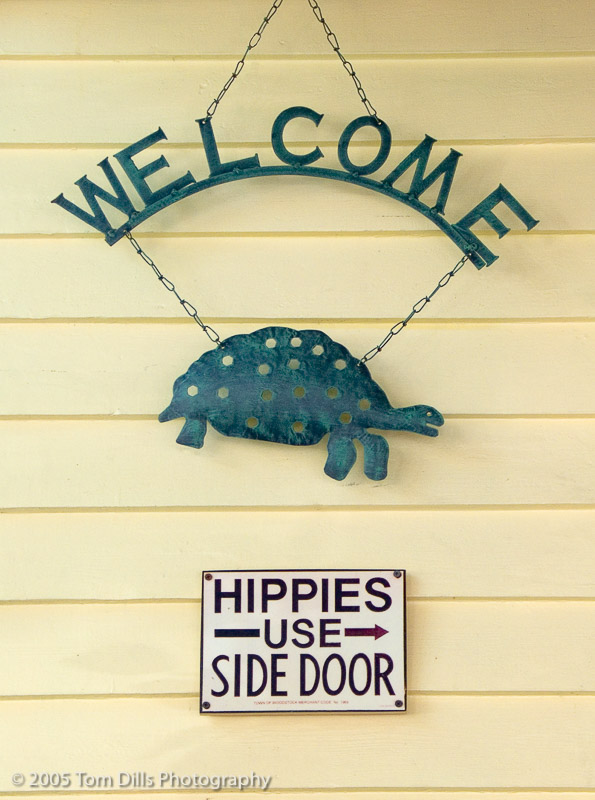
This is pretty geeky stuff and I can’t imagine anyone reading this post will care about more detail, but if anyone wants additional detail I’ll be happy to answer questions or emails. But it won’t bother me if no one asks! In the meantime I’ve thrown in some photos from 2005 for your viewing pleasure. It seems I photographed a lot of sunrises and sunsets back then!

Tom, I am at a similar point now, deciding if to sieve through my old folders and ruthlessly delete whatever did not stand the test of time.
For a long time I thought that just keeping the old stuff if fine, especially as the cost of storage goes down and harddisks need to be replaced after a certain time anyhow to make sure that the data is safe, but meanwhile, in my mid-fifties, I tend to think that many things are not worth to be kept for ten years or longer, especially if they were not needed at all in the meantime.
So, going through, deleting what is of no interest any more, most probably is the best thing to do – especially facing the fact that maybe, maybe, someone in future might bother to look through a box of prints, but with highest probability not through terabytes of raw files on a hard disk.
Keep in mind, Markus that I am only deleting the files that I decided long ago were not worth keeping. So far at least I have not deleted images that were previously identified as keepers, even if I have not taken the time to finish processing them. That is another project for another time, for sure, and one I may not ever choose to tackle!
It makes me feel a bit “presumptuous” perhaps to think about someone in the future having interest in my work to the extent that they would be interested in all the rejects. In the past we have had the benefit of contact sheets to look through, and we could get a sense of the photographer working the scene, ultimately coming to the known conclusion of the final image. I suppose that is one of the dangers in eliminating all of the “outtakes,” but while that is somewhat educational, it is ultimately the final image that does or doesn’t stand the test of time.
A gorgeous set of images! When it comes to files and folders I tend to be very organized or it drives me crazy. I delete what I’m sure I just don’t need or want anymore. So far I have no regrets, but will I look back and wish I hadn’t?! Good luck and have a great day.
Thank you, Karin. So far at least I haven’t come across any photos that I would have been devastated to lose. There aren’t that many of those anyway! 🙂
I deleted too many files early on and am now more critical of what is deleted and I do delete a fair amount. I also am reaching the limits of my storage capacity so a solution is working in my head.
I have also really enjoyed finding images in the archives again and using some technique I now know on them to enhance them in some way. I feel I pressed the shutter for some reason and at some later time that reason rises to the surface.
I went through the first several folders pretty carefully and gradually gained more confidence in my original decisions. It’s funny – most of the files that I had taken out of my catalog were early vacation snapshots where I had made prints and put them in albums. I must have decided that since I had the prints I didn’t need to keep the files! But since I got rid of a lot of the prints when we moved I’m now glad to have the files. Whew!
I do really like to go back and re-work photos with the new software. I had forgotten this, but early on I had a number of ill-fated attempts at panoramas and HDR, but the capabilities in Lightroom are giving them new life. I may need to do a blog post about panoramas that I had forgotten about!
When I recently got a new computer I took the 2 drives from the old one and put them in an enclosure that supports 4 drives and connects with USB3. Overnight, I imported all of one drive into a Lightroom catalog and have started deleting files (in LR) I’ll never use again and to free up space. It’s working well for me but it’s slow going but a purge once in a while is good. Right?
Purge is good as long as it isn’t us who get purged, Ken! In some ways it is like cleaning out a closet of old clothes or junk from the garage. It’s just a matter of taking the time – not that either of us needs any more projects!
The interesting thing to me is how my approach has changed since I started storing digital files. At first I thought it was OK to delete files where I had made prints, but now that I’ve tossed the prints I want the files back!
An interesting post Tom. Nice photos too. You’ve already deleted more photos than I have on my own drive so I can’t say I know what you’re going through. However the dilemma of to-keep-or-not-to-keep is one that we all face in some way or other, as individuals, as groups, as companies, as countries, as cultures.
Years ago I made the observation to a friend that cheap storage was going to be the bane of our digital world. The problem with cheap storage is that it allows us to put off to another day the decision to keep-or-not-to-keep. With all of us having better things to do with our time, that decision is rarely revisited. I see it every day at work where I deal with terabytes (soon to be petabytes) of data and so much of it is worthless. The cost saved in storage is lost tenfold in the cost of retrieving the good stuff.
Of course, the day of quantum computing is coming and then all homes will have the equivalent of a super-computer searching the internet at light-speed over a world-wide fibre network but will these computers have the ability to differentiate the good from the bad? Maybe, maybe not.
I read a paper recently that questioned the longevity of digital data stored on sites like Facebook, Flickr, YouTube etc. Will those companies keep accounts that are 50 years old? 100 years old? What will be their incentive to keep information that is not referenced? Will they consider the cultural value of that information? Will they purge indiscriminately? I read an estimate that stated 80% of stored data today would have no long-term cultural or historical value. If that’s true then that seems like a big deal to me.
Anyway, my apologies for the long-winded comment, as I deal with massive volumes of data everyday, I find this to be an interesting topic. And for what it’s worth Tom, I think you’re doing the right thing 🙂
I never mind your “long-winded” comments Cedric because they are always so well reasoned and thoughtful. Your points are good ones. For storage in general, we have seen an explosion in the “mini-storage” industry for people who don’t have room in their houses for all the stuff they own. I don’t know if this is fact or not, but I read recently where 33% of people with two car garages can’t get two cars in them because of all the stuff. Kathy & I got rid of a lot of things when we downsized to our current home, but we still have more things to get rid of. We have plenty of storage and a lot of it is unused, but I have no problem with empty shelves!
Digital storage is a very good example of keeping things because we can’t see them. You are correct that storage is cheap, but there is a point beyond which anyone is going to care anyway, so why not curate it now, so at least the things we do have are the things we care most about? As it is, I still have nearly 40,000 photos in my catalog, most of which are crap to most people but ones that have meaning to me.
It’s been an interesting and worthwhile exercise. Putting off the cost of additional storage for a few years is a fortunate side benefit but certainly not the primary reason. But I do like the idea of having everything neat & tidy, even if the only person it makes happy is me! 🙂
Interesting you should mention people who use their garages as storage. Where I live the local council started to implement something called street calming some years ago. It involved putting speed bumps and chicanes to stop speedsters driving recklessly through quiet suburban streets. However this is no longer necessary in narrower streets as most people now park their cars in the street rather than in their packed garages thus forcing drivers to slow down to let oncoming traffic trough saving the council considerable amounts of money. A silver lining perhaps 🙂
An endeavour I’m probably going to have to tackle before the end of this year. I’m not looking forward to it…I find it tedious work. 🙂
It really hasn’t been too tedious for me, E.B. It’s been kind of fun going through the old “rejects”…and there are some real rejects, let me tell you! The interesting part for me has been the files that I discarded thinking I would never be able to make them work, and my best example is files that were intended for HDR or a panorama that were not framed or leveled properly that may have new life with the new capabilities of Lightroom and Photoshop. I haven’t messed with them and I may still end up deleting them, but they may make an interesting rainy day project. 😉
I went through a cleaning cycle last year – in the spring. I still have quite a few photos and I love to browse them on occasion, remember the places that I took them, etc. I’m not suffering with lack of space because more than a year ago, I switched back to shooting exclusively JPG (Flames off, please! 🙂 ) and that saves quite a bit of space with no apparent loss in quality – can’t tell it on the screen – can’t tell it on the print. Anyway, I’m sure that it was a fun adventure unearthing files that may have been long forgotten. You’re such the photo archeologist 🙂
Hey, I got nothing to say about shooting JPEGs! With as good as today’s cameras are and with the non-destructive software we have, the advantages of shooting RAW are diminished.
I have enjoyed the archeology project but am looking forward to getting it finished. It’s time to take some new photos!
My wife and I have been on a decluttering mission this past winter as far as physical space. Just too much stuff accumulates over the years. My office is a mess, but my photo archive remains one of the most organized parts of my life.
Ever since shooting film, I have stuck to a system that has moved with me to digital. So far I have been able to just upgrade to larger drives as my archive grows. I just like the simplicity of one central drive (backed up of course).
It’s kind of strange – I have a reasonable amount of office clutter, and it does bug me from time to time. But I procrastinate doing a clean sweep. But I will not tolerate clutter in my Lightroom catalog! 🙂
Thanks, Mark. Like you, I have always managed to keep my photos pretty well organized. I didn’t shoot a lot of “serious” film before I went digital, but what I have is well organized. Although I can’t tell you the last time I looked at a piece of film!
My Lightroom catalog is very well organized, but the issue was all the stuff that wasn’t in the catalog. Like boxes in the attic, it was “out of sight, out of mind” and ultimately I decided there was little point in spending resources to keep it.